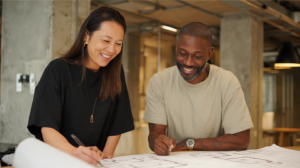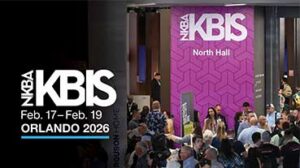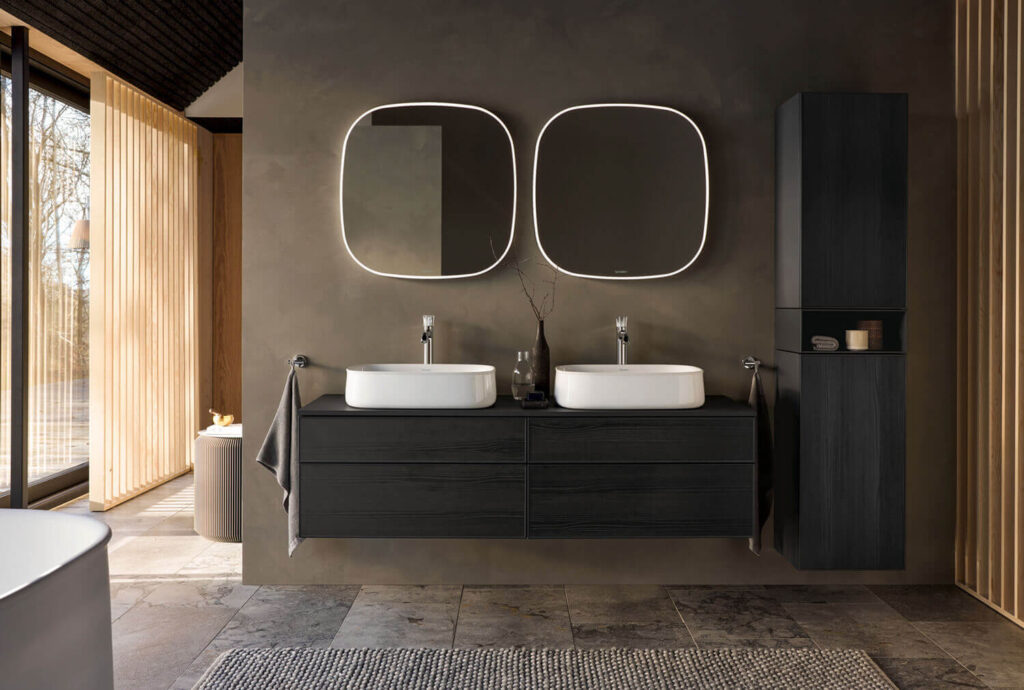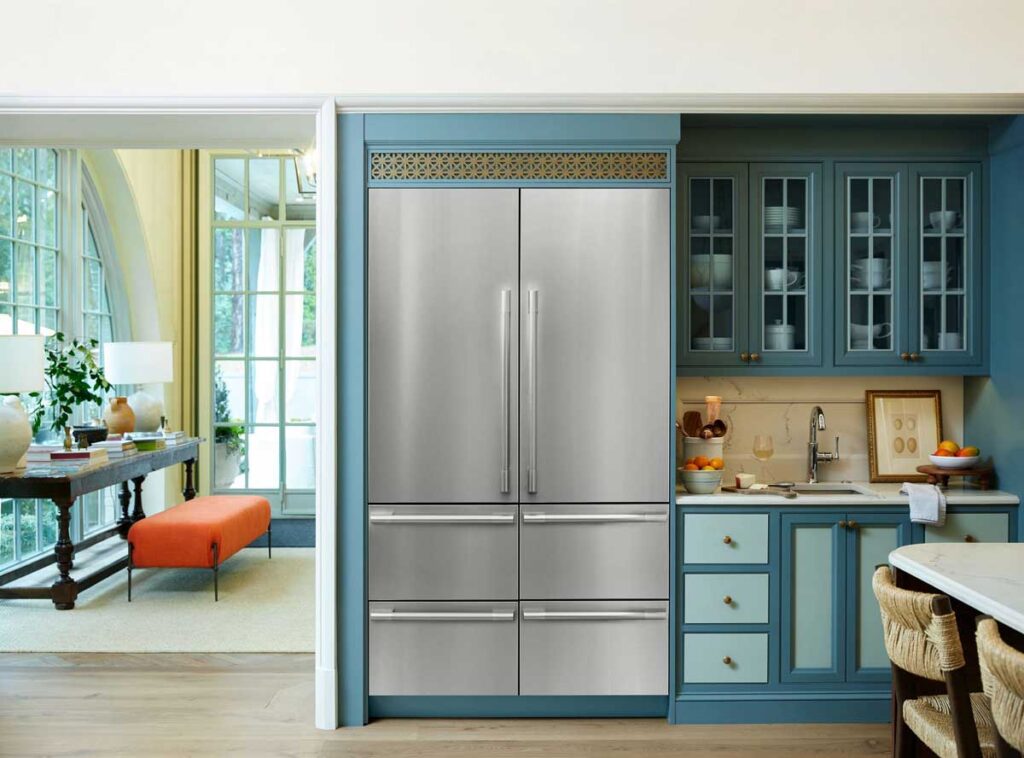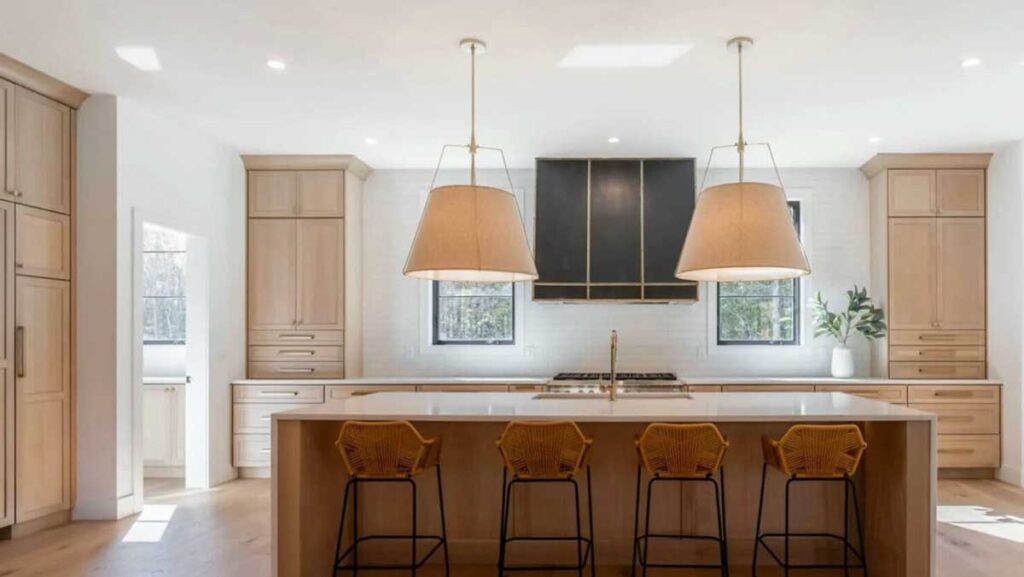The designer discussed eco-friendly remodeling and green practices with NKBA | KBIS.

By Elisa Fernández-Arias
Amanda Gunawan, Founding Principal at Only Way Is UP (OWIU) Design, is an architectural designer hailing from Singapore who works in Los Angeles. With a BA in Architecture from the Southern California Institute of Architecture and a varied design background including master-planning for the Singapore Government and working with Thom Mayne of Morphosis Architect, Gunawan focuses on OWIU, a firm that specializes in creating spaces with a focus on innovation, preservation and sustainability. Recently, she made Architectural Digest’s 10 AAPI Designers list and Prestige Asia’s 40 under 40 list.
At KBIS 2024, NKBA | KBIS sat down with Gunawan to talk about her company’s mission, eco-friendly strategies and the future of sustainability.
NKBA | KBIS: Tell us about OWIU Design’s mission and how sustainability is a part of it.
Amanda Gunawan: With OWIU Design, we’re very focused on thoughtful design and careful craftsmanship. It’s kind of impossible to tell how we imbue that into our practice without telling you the full story of how we started. So here it is.
We started as an architecture design practice, and somewhere along the way, wanting to fully commit to thoughtful design and careful craftsmanship, we found ourselves being super hands-on. We were basically playing contractor then. We were always there on-site, we were always teaching the workers to do certain things, and at a certain point we decided that it wouldn’t be possible to fully do all that until we became a full design and build company.
That’s when we decided to come up with our own construction company. With that, we also started developing our own homes. What we do is find really old homes, these ‘gems’ that are in a dilapidated state, and we find the middle ground between restoration and preservation. We renovate and give new life to these new homes. Sustainability, in that way, is very much injected into every aspect, from start to finish and even as we’re developing homes.
NKBA | KBIS: Are there specific sustainable solutions you are asking for too, or are you offering more of them? What does that balance look like?
Amanda Gunawan: It always depends on the client. That said, even when the client isn’t asking for it, we’re always offering it to them. We do our research. We like working with the right companies — like B Corps, which are a smart choice because it’s guaranteed; you know they’re doing good — and pushing their products to our clients. We try to educate and explain to clients why they would choose those products over others.
When our clients come to us in the first place, they already know what we stand for. They want that thoughtfulness and they want a design that lasts and evolves. That’s our practice. So we go down from a macro level, where in terms of design we’re designing thoughtfully and efficiently, to a micro level, where this applies when it comes to appliances, toilets, fixtures, natural lighting, everything.
Clients are definitely inquiring about these things. I think it’s very common in kitchens and baths. Our commercial clients are more well-informed. A lot of people are wanting to not use paint with VOCs.
It’s getting more popular, for sure. That’s why you come to a show like KBIS, where designers can educate themselves on solutions that are not as common. Resources are now so fully and readily available that clients are able to do their “superficial” research. This is where designers can learn in depth about what’s available, push out novel solutions they’re seeing, having done the research themselves.
NKBA | KBIS: Outside of those already covered, what sustainable strategies and solutions are you using?
Amanda Gunawan: We’re very big on starting from the root, like I mentioned. It’s just design. We think, “How do we create something so we can make as few mistakes as possible?” Mistakes happen, they happen every time: you’re going to have to go back to your original design and something gets wasted there. So from the very beginning, we minimize that as much as we can. And then, from there, we go down to the nitty gritty details, like picking out the right appliances and fixtures.
We also try to reuse as much as possible. There are times when we come to this juncture where we can decide if we’re going to pour out more time and effort, and cost even sometimes, to preserve something. For example, preserve a wooden panel or take it down and put something over it. We always choose to preserve it. Or we try to push our clients to go for that.
NKBA | KBIS: Are there any emerging sustainable kitchen and bath trends you’re seeing while working?
Amanda Gunawan: I just did my own kitchen and bath, so this is a great question for me to answer. I’m very impressed with all the technology, like the smart home technologies — but what impresses me the most are the little details. At my heart, I’m a designer, so I love the companies that embrace that, that come up with products that are still aesthetically beautiful and add tiny little details to enhance them.
I’m a big fan of TOTO, because their products are always immaculate, absolutely beautiful. They become design elements of the home itself. They’re also extremely efficient and sustainable. For example, there’s the automatic flushing system, which guarantees that, with just one flush, the bowl will be clean. It’s all these little nuances that make a big difference.
NKBA | KBIS: Where do you see sustainability heading in the future?
Amanda Gunawan: I think it’s going to become more and more important and more and more relevant. I think the best part is that it’s going to become more cost-efficient. It’s a big thing, and it’s happening, and more resources are getting poured into sustainability right now. For example, it’s really exciting to see that solutions I would only ever see in commercial properties are now in residential properties.
Soon, it’s going to become more and more prevalent. It’s going to become more and more affordable. People are going to think, “Why wouldn’t I choose this, over something else that is the same cost?” I’m excited about that.

